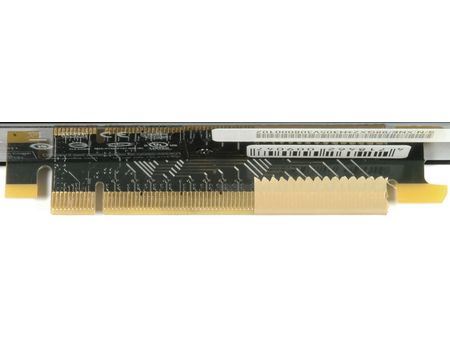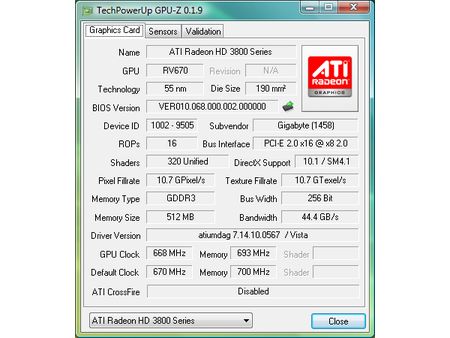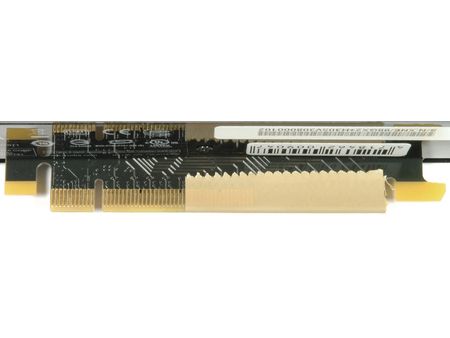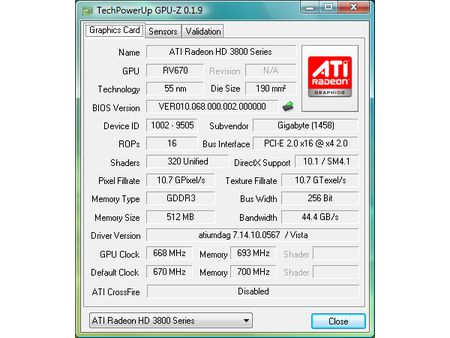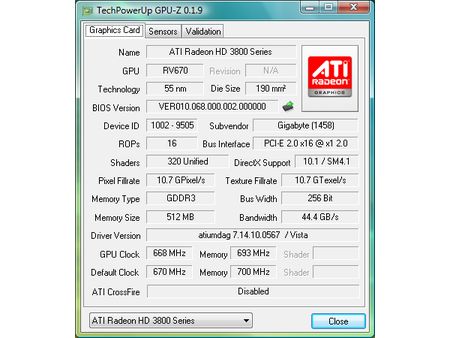PCI Express 2.0 Graphics Cards Tested
PCIe 2.0 x8
Eight PCI Express 2.0 lanes equal the performance of x16 PCI Express 1.1, providing 4 GB/s upstream and 4 GB/s downstream bandwidth to and from the graphics board. Typically, RAID controllers or high-end networking cards (fiber-based) would utilize 8-lane PCI Express configurations. However, there aren’t many PCIe 2.0 products available yet, as x8 PCIe 1.1 can still be considered standard.
GPUZ provides information on the reduced number of PCIe 2.0 lanes. In this second step, we benchmarked both the ATI Radeon HD3850 and the Nvidia GeForce 9800 GX2 using eight PCIe 2.0 lanes.
PCIe 2.0 x4
Mainstream storage controllers or multimedia devices such as video editing boards often utilize four PCI Express links. As you will see in the benchmark section, many benchmarks finished with acceptable results, although reducing 16 lanes to four no longer really provides sufficient bandwidth.
Only four PCI Express lanes were active now.
PCIe 2.0 x1
Finally, we also operated both graphics cards with only a single PCI Express 2.0 lane. This provides a total bandwidth of 500 MB/s upstream and 500 MB/s downstream. The results here didn’t exactly come as a surprise.
Get Tom's Hardware's best news and in-depth reviews, straight to your inbox.
Entry-level networking hardware and communication devices are typically designed to operate on a single PCI Express lane. This clearly isn’t enough for any sort of 3D graphics application.
